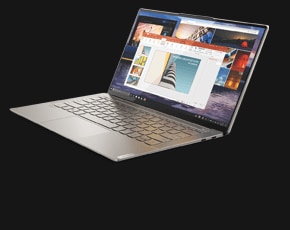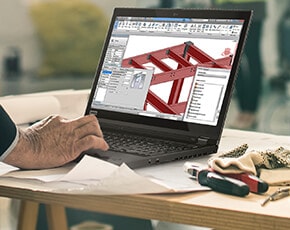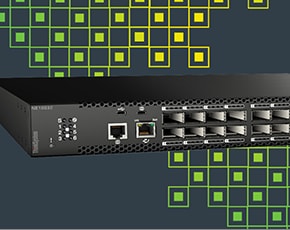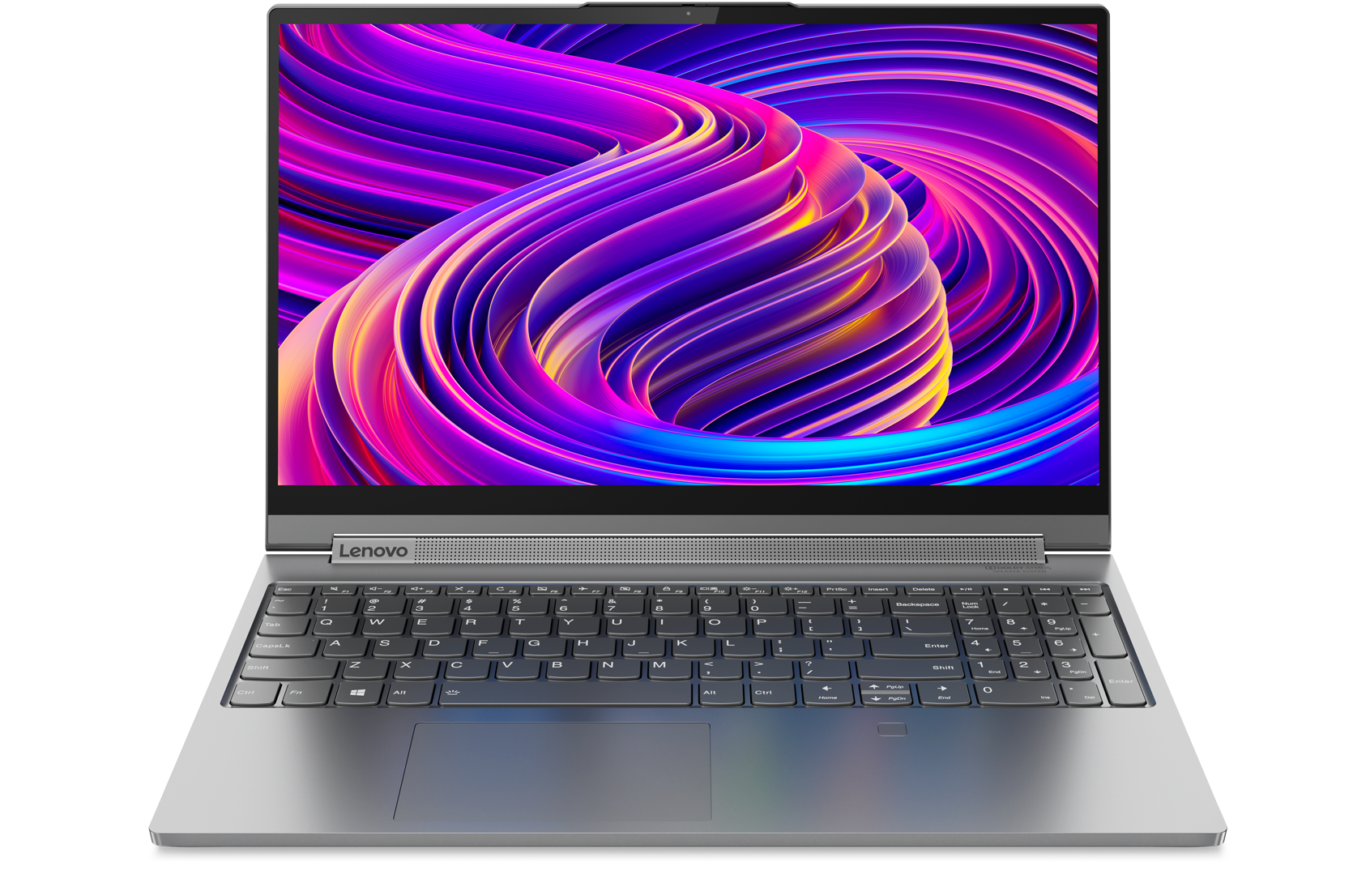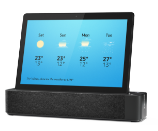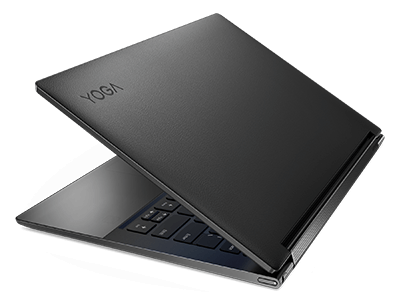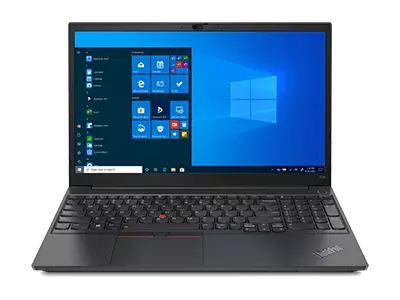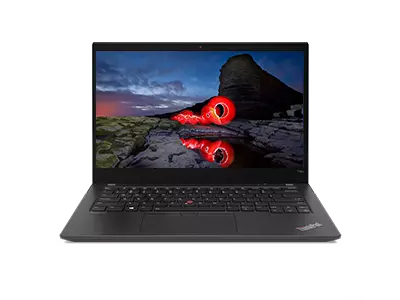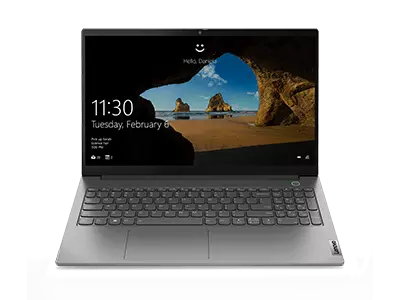What is a smart home?
A smart home is an automated and connected home. Multiple functional features of the residence -- lights, heat, door locks, etc. -- can operate on their own, in concert with each other, or under the control of a central hub or mobile command program or app. There's even a special name for today's growing ecosystem of smart home systems and the science behind it all: domotics.
Setting up a smart home
The smart home concept has been evolving since the 1960s, but the pace of change has accelerated considerably since the advent of home wi-fi and other near-field communication formats. Today's smart home capabilities and techniques vary widely:
- Built-in systems are installed during construction and utilize both wired and wireless connections to control thermostats, window blinds, irrigation sprinklers, and so on.
- Systems can also be created piecemeal. Homeowners can buy new systems and devices -- smart outlets, video doorbells, remote locks, etc. -- and install and control them on their own.
Today, nearly every smart home feature that formerly required a hard-wired connection can also be controlled wirelessly, allowing homeowners to assemble a broad array of smart home capabilities as needed. A list of the many categories of individual smart home devices appears later in this FAQ.
Controlling a smart home
Smart home technologies have traditionally been the domain of tech and gadget enthusiasts, thanks in part to their many complex communication and command protocols. Integrating devices from various manufacturers can be difficult. Plus, different brands of smart home products often have different set-up and operating procedures, leaving you with multiple control keypads spread throughout the home.
Fortunately, things have gotten easier with the emergence of virtual assistant powered smart speakers such as the Lenovo Smart Assistant and smart displays such as the Lenovo Smart Display. Now, the same software (Google Assistant, Amazon Alexa, etc.) that runs these increasingly popular speakers and displays -- not to mention smartphones -- can also integrate with and help you control your smart home gadgets.
What can a smart home do?
An increasing number of residential and office settings include smart home technologies, often several different ones operating at once. The list grows regularly as manufacturers release a succession of new devices to help us control and automate our daily environments and activities.
Smart home features and capabilities
Here are some of the most popular smart home device and technology categories:
Smart home: lighting and music
- This broad category ranges from whole-home lighting and audio controls to individual wi-fi speakers and connected plugs that can make any outlet (and the lights attached to it) "smart."
Smart home: security
- Doorbell monitors, automated locks, motion sensors, security cameras, and threat detectors (fire, smoke, CO) help make security one of the biggest markets for smart home devices.
Smart home: heating and cooling
- Automated thermostats were an original smart home feature, but now they activate by voice or just by entering a room, and window blinds can open and close as the sun moves across the sky.
Smart home: irrigation and drainage
- The latest smart home landscaping aids include remote sensing meters that tell your sprinklers when to water the lawn -- helping you save money and preserve precious water resources.
Smart home: appliances
- Carpet-crawling robotic vacuums can clean your floors while a new generation of smart kitchen appliances does everything from track what's in your fridge to start dinner before you get home.
Smart home: Entertainment and multi-media
- Home entertainment systems are often integrated with smart home controls, so the sensor that helps activate the lights as you enter a room can also trigger a favorite song or podcast to play.
The list could go on and on. New smart home features and capabilities emerge regularly, and respected analysts have predicted the smart home marketplace will grow to more than $50 billion in annual sales by 2022 or before.

